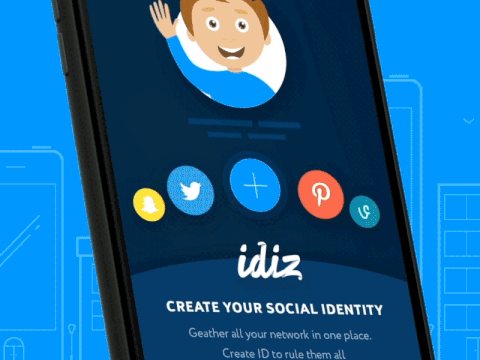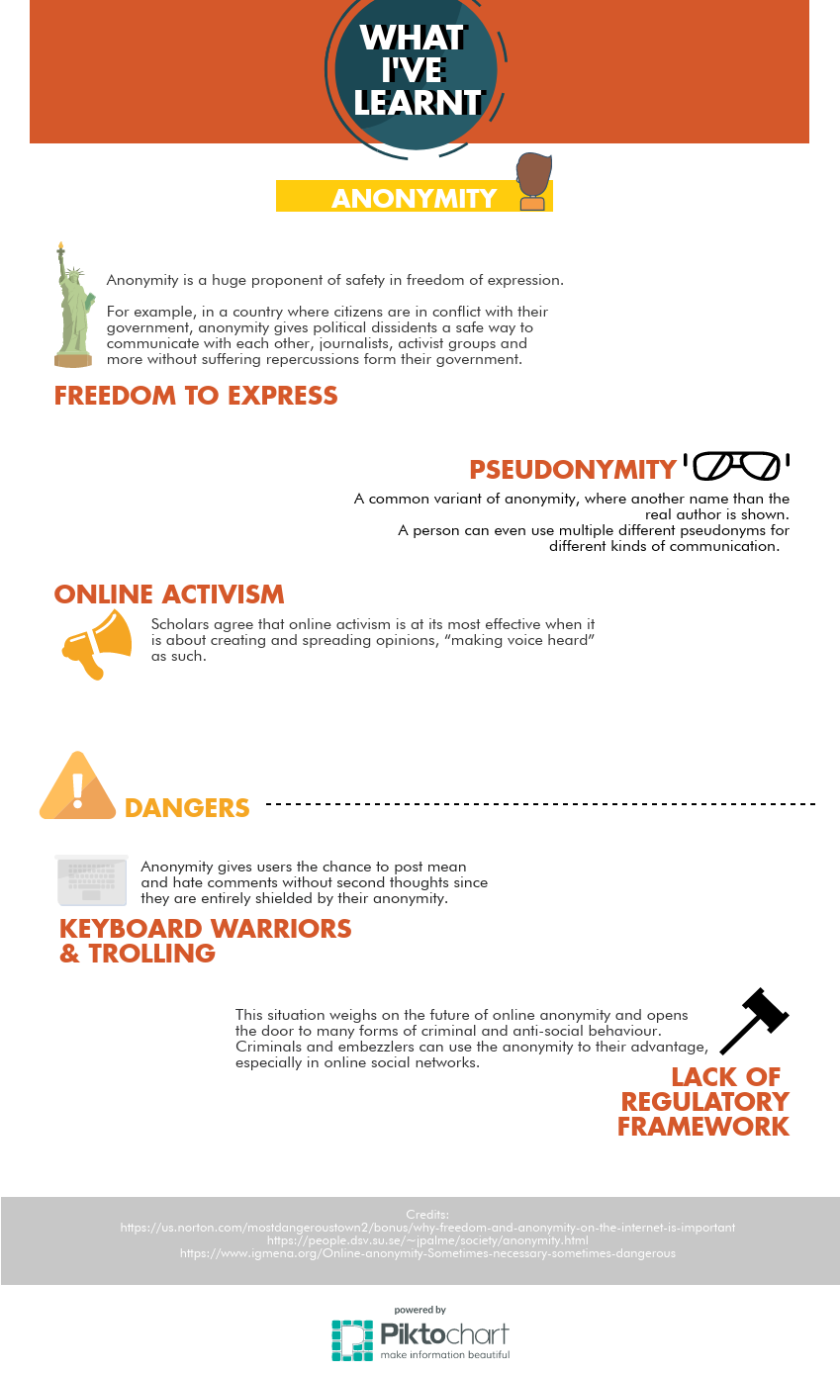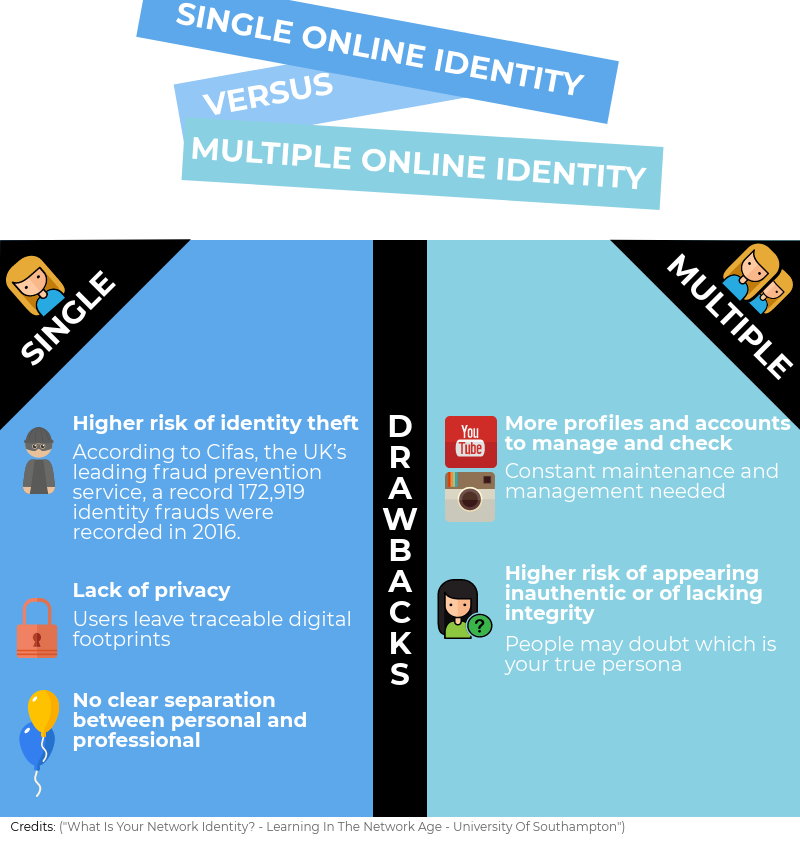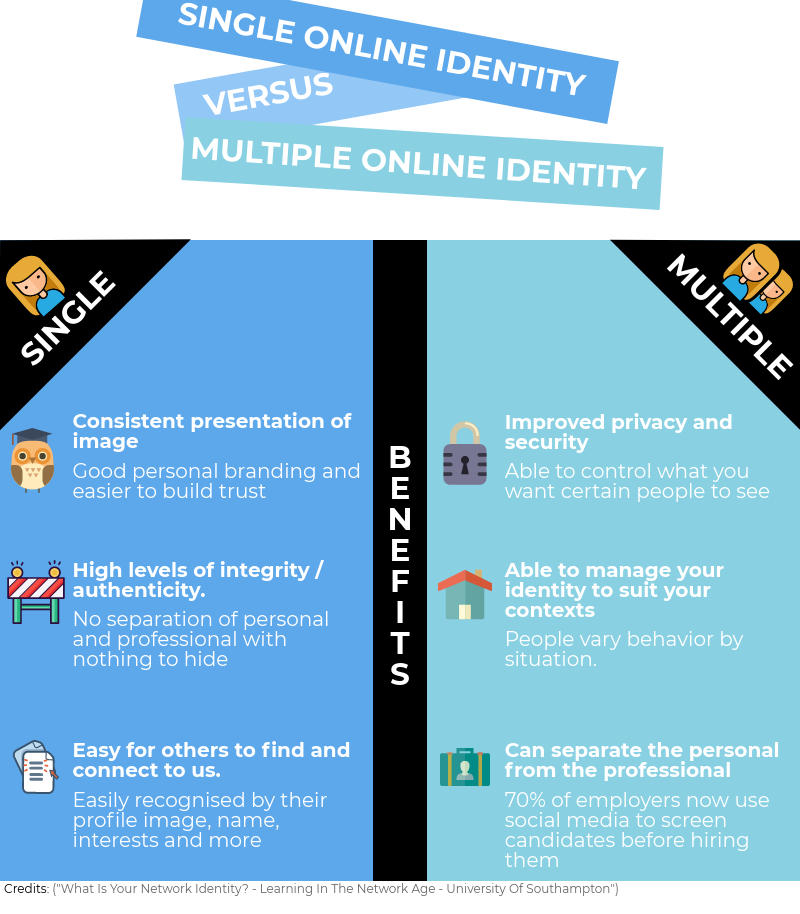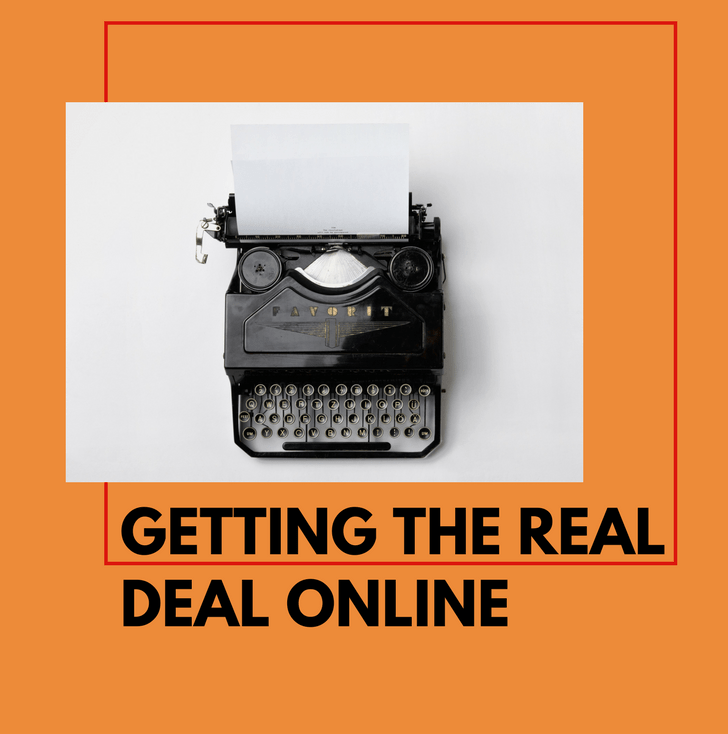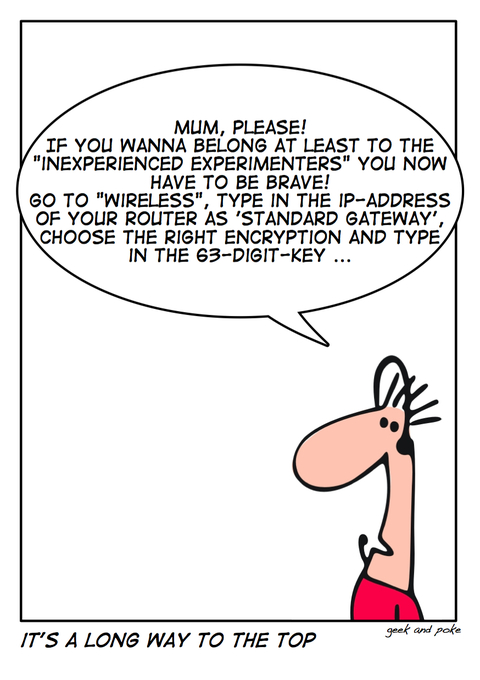
The Web has never felt any bigger than it did for the last 12 days. Who would have thought that the issues we face in real life can easily be an issue on the Web as well. It’s slowly becoming apparent how much the Web is like a parallel universe, mimicking a digital life we might have paid little attention to.
In the past 12 days, being exposed to 4 different topics and aspects of the Web have allowed me to see the Web in an extremely different perspective and potentially altered my future experience on it. To get a better idea of my level of digital literacy before and after this module, I conducted a Self-Test by ranking my level of experience across 7 criterias.
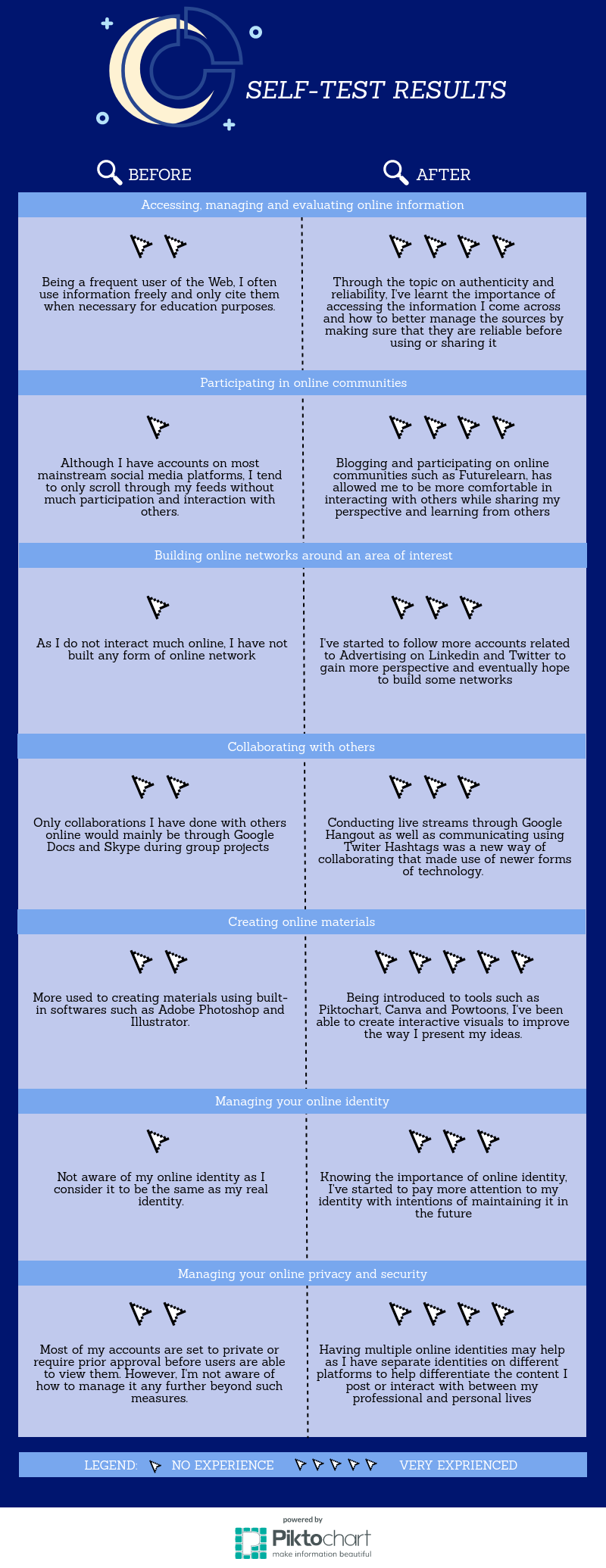
Prior to the start of the module, the Self-Test allowed me to assess my digital literacy and how much I knew about managing the information I encountered. To my surprise, I found myself giving ratings between 1 to 2 in terms of my experience to the criterias. Even though I thought myself to be more of a digital native, I soon found out that it was no longer effective to judge users based on their familiarity on the Web as it’s more useful knowing that different users have out own unique purpose for using the Web. As I looked back at the way I used the Web and how I interacted on it, it made me realised that the term – Digital Visitor, was much more significant and accurate when it comes to classifying what kind of user I am. Looking at my social media profiles, I found that I was more inclined to stay below the radar and tend to voice very little of my opinion. Instead, I would be more likely to use the Web for entertainment and research purpose, making my digital footprint less known. It would be highly unlikely for me to be a Digital Resident as I’m not comfortable with interacting too much online due to privacy and security reasons. However, after being more active on online communities such as WordPress and Futurelearn, I’ve grown to be more comfortable with voicing my opinions as it has allowed me to gain new perspective on online issues that I’ve never been exposed to. From commenting on my colleagues blog, it allowed me to gain a wider perspective on a certain in discussion and gave me more confidence in interacting with other users. Futurelearn was a good platform to learn from educators as it gave me access to learning materials and allowed for interaction with other students. This method of learning is something that I’m looking to explore more in the future as such platforms allow for collaboration from across the World, bridging any existing gaps that may prevent us from learning beyond our comfort zone.
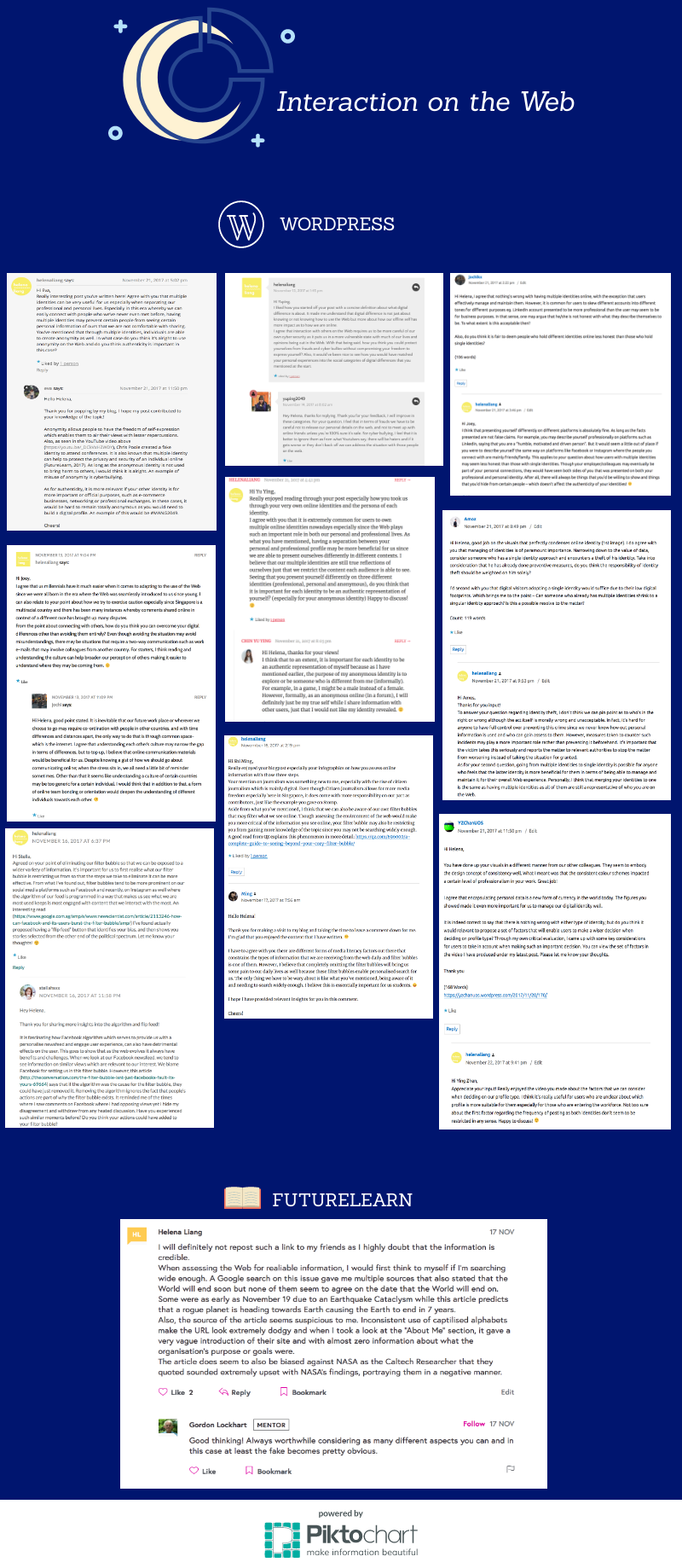
Another important aspect of my Web experience was to build an Online Identity through my multiple digital profiles on the various social media platforms I’m on. The two profiles I focused on were mainly Linkedin and Twitter where I spend most of my time on. Further inspection on my profiles led me to realise that I have multiple online identities as I portray myself differently on the two platforms. The idea of separation between professional and personal live may be the main factor behind the multiple identities as the two platforms were very different in terms of the content I interact with as well as the users that I would come across with. Being on Twitter was mainly for entertainment purposes where I’m able to receive casual news from lifestyle accounts as well as my closer friends. On the other hand, Linkedin is where I network with potential employees and colleagues whom I work with currently or have worked with in the past. Knowing that the two platforms were very different in terms of purpose and audience, I made sure that I updated them accordingly so that my identities on both platforms would come of appropriately to the audience that comes in contact with it. For Twitter, I kept my profile casual and simple and started following more accounts related to the Advertising Industry. This allowed me to keep with updates and new releases on a daily basis. As for Linkedin, my priority was to manage and maintain my professional image which may help with future job opportunities.


Being introduced to issues on the Web has also allowed me to gain a deeper understanding of how users have different perception of the Web. Digital differences and our external environment can easily affect our experience on the Web which may lead to differences in the way we perceive information or connect with others.
With so much new found perspective of what I can do on the Web and how it may affect my overall experience on the Web, I found myself setting goals for myself in terms of how I plan to further improve my digital experience as I set to see more changes on my Self-Test.
“A learning experience filled with many firsts, valuable discovery and continuous interaction” – would be my summary for this module. It made me realise that learning is beyond the four walls of a classroom and your lecturer, learning can come from self-exploring as you play an even bigger part in gaining new knowledge from not only the people around you but the environment you learn from.
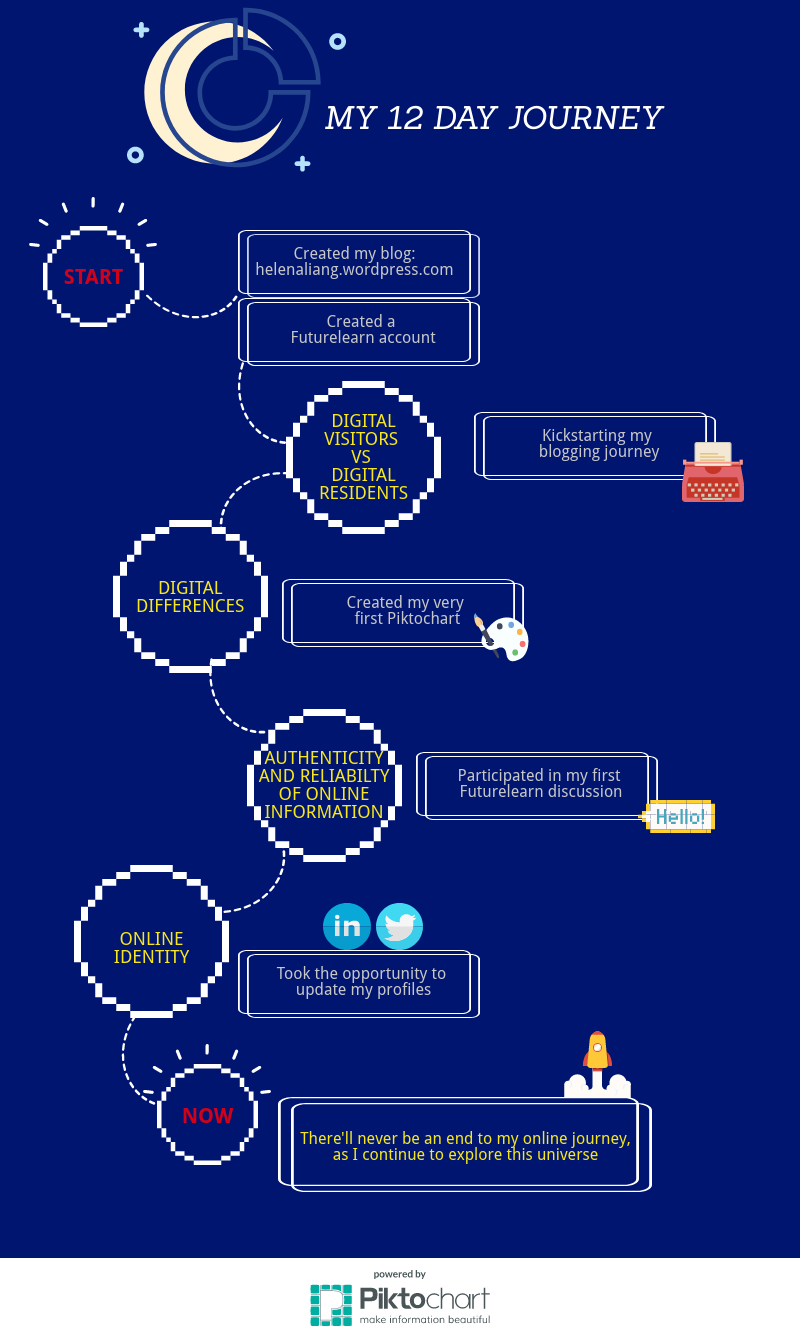
Word Count: 898 words

